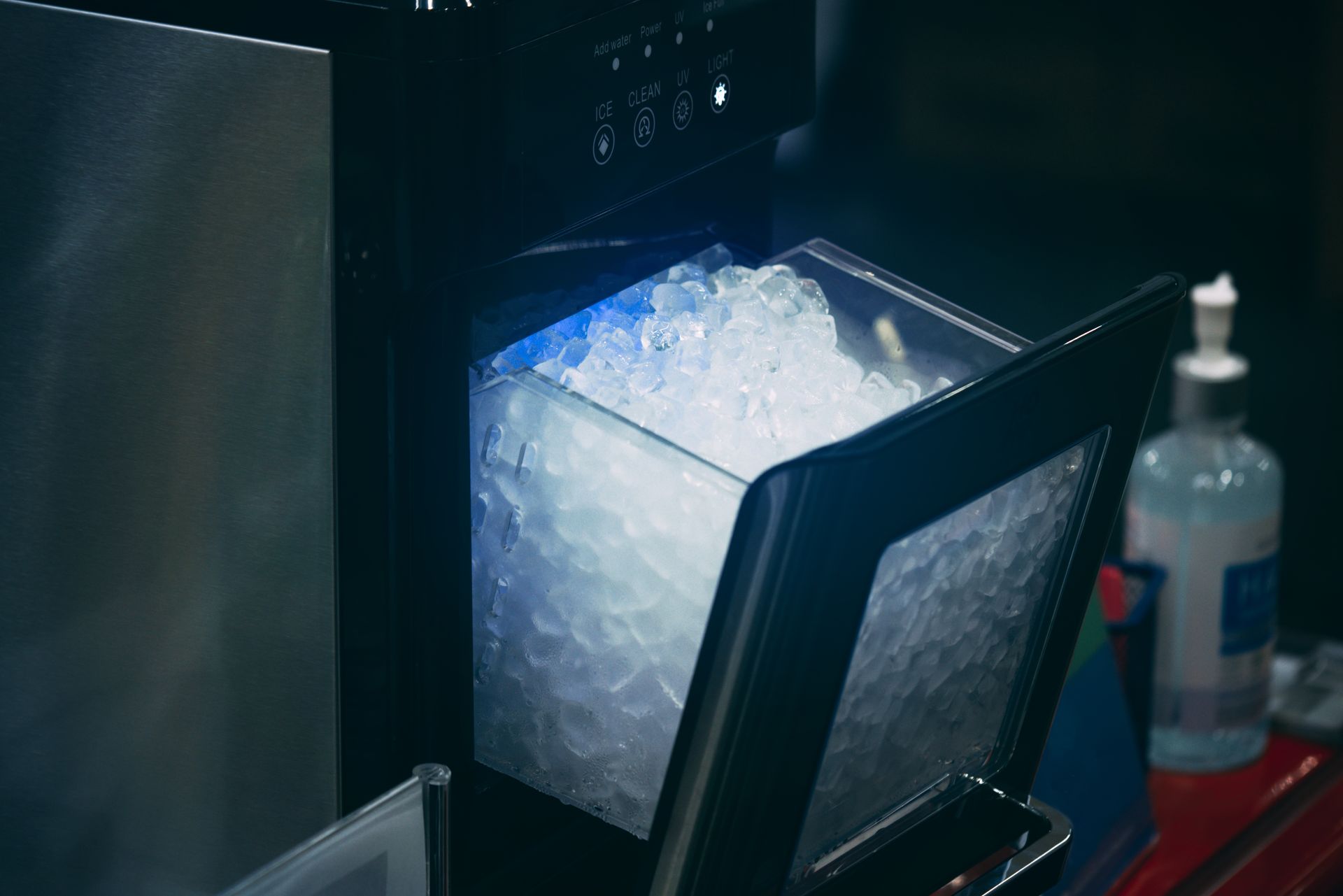Charlotte, NC | (704) 778-5650 | Mon-Fri: 8AM-5PM Sat: 8AM-12PM
Step-by-Step Guide to Cleaning Your Ice Maker
How to Clean Your Ice Maker

Maintaining a clean ice maker is essential for ensuring the quality and safety of the ice produced. If not cleaned regularly, ice makers can accumulate minerals from water, leading to blockages and mold and bacteria growth.
Fortunately, cleaning an ice maker in your freezer is often straightforward. However, it’s also important to recognize when professional help might be necessary. Here’s a comprehensive guide on how to clean ice maker in freezer and when to seek assistance.
1. Turn Off the Ice Maker
Before you begin cleaning, make sure to turn off the ice maker. Most units will have a power switch, which can be turned off by lifting the metal arm or pressing a button.
Additionally, consider turning off the water supply to the ice maker to prevent any accidental water flow during the cleaning process.
2. Remove the Ice Bin
Empty any ice from the bin and remove the trunk itself. Use warm, soapy water to clean the container thoroughly. Rinse it well to ensure no soap residue is left behind, as this could transfer to your ice.
Allow the chest to air dry completely before reinserting it into the freezer.
3. Wipe Down the Ice Maker
Wipe down the ice maker’s interior surfaces using a soft cloth or sponge and mild detergent with warm water. Be sure to clean any accessible parts, including the ice mold and the mechanism that ejects the ice.
Avoid harsh chemicals or abrasive cleaners that could damage the ice maker or contaminate your ice.
4. Use a Vinegar Solution for Mineral Deposits
If you notice mineral deposits (often white and chalky), prepare a solution of equal parts white vinegar and water. Use this solution to clean the affected areas gently. The vinegar’s acidity helps dissolve the minerals.
After washing with the vinegar solution, rinse the area thoroughly with clean water.
5. Dry and Reassemble
After cleaning, dry all surfaces with a clean towel or let them air dry completely. Once dry, reassemble any parts you removed, replace the ice bin, and turn the ice maker and water supply back on.

Contact
Services
All Rights Reserved | A-Tech Repair Services Inc


